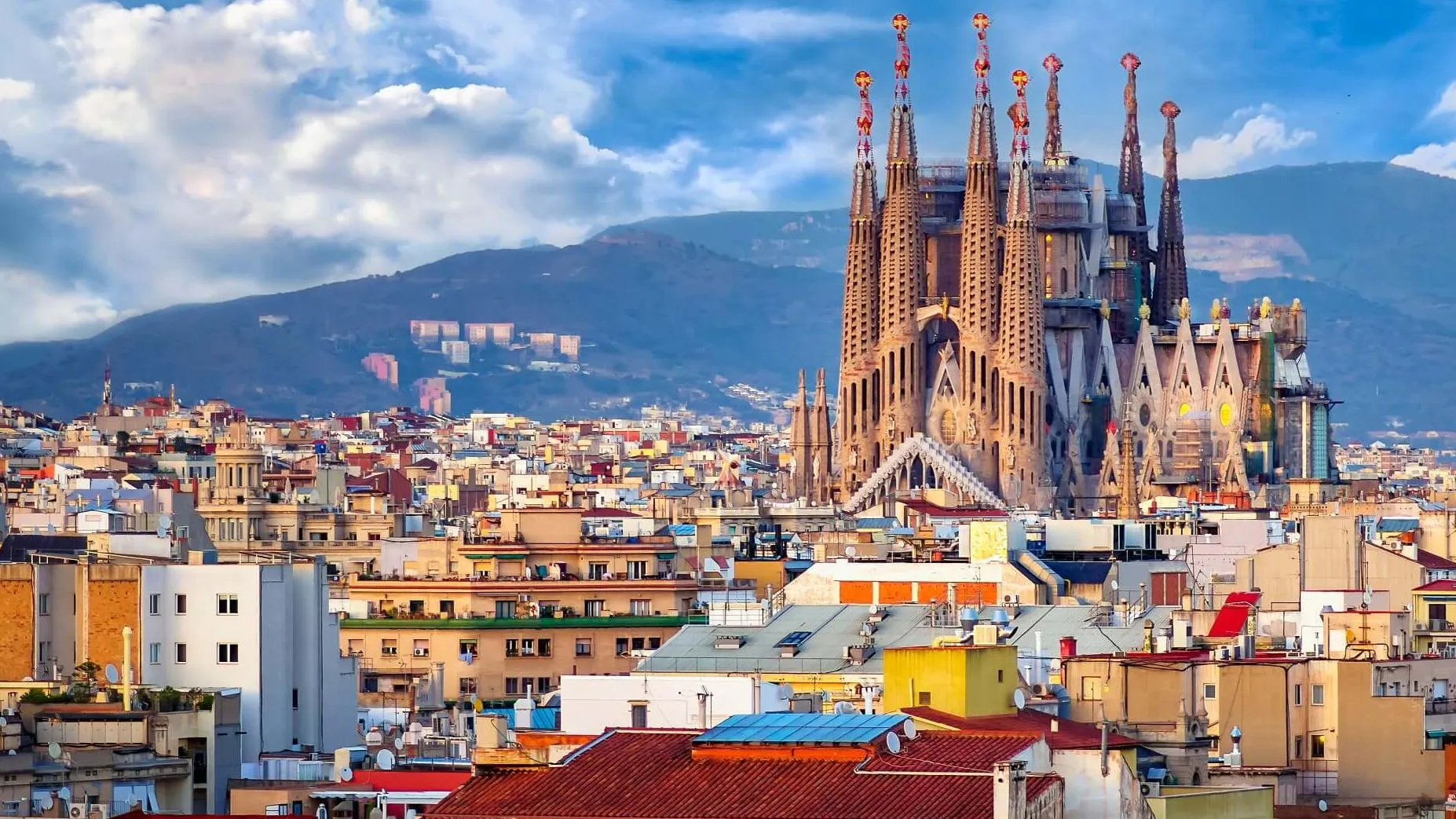Barcelona, the second-biggest city in Spain, is a well-liked travel destination in Europe. Families, partying budget backpackers, and cruise ship masses all tend to wind up in Barcelona, particularly in the summer.
It’s hardly surprising that this city draws a diverse range of visitors—and consequently suffers from overtourism—given its exquisite cuisine, unique gin cocktails, gorgeous beaches, mild weather, rich history, and distinctive architecture.
Even with the crowds, I enjoy travelling to Barcelona. I get more and more in love with the city with each visit. This city is rich in history, with its Barri Gothic dating back to the Roman Empire and Gaudí’s 19th and 20th century architecture visible in nearly every area. Its nightlife is also virtually unmatched. Here, people party late!
The city never gets old to me. Its inhabitants are vibrant and full of life, and its old streets exude an infectious vitality.
You’ll be able to go to Barcelona more affordably, more effectively, and more wisely with the aid of this travel guide.
TOP 5 ACTIVITIES AND SIGHTS IN BARCELONA.
1.] Explore The Architecture Of Gaudí.
The most well-known architect in Barcelona is Antoni Gaudí (1852–1926), whose creations can be found all around the city. His peculiar approach of fusing Art Nouveau and Gothic styles produced futuristic buildings that honour organic forms. My personal favourites are the 45-acre Park Güell (10 EUR), which was planned and constructed between 1900 and 1914; Sagrada Familia (26 EUR), which has been under construction for more than a century; Casa Batlló (35 EUR), a multi-story residence strongly influenced by the Art Nouveau style; and Casa Milà (25 EUR), which is also referred to as “La Pedrera” (the Stone Quarry) because of its limestone facade. For additional details regarding the nature of his employment in the city.
2.] Visit The Picasso Museum.
Spanish artist Pablo Picasso is known for some of the most well-known and iconic paintings and sculptures in the entire world. I learned a lot from the museum even if I wasn’t a big admirer of most of his later work. Learning about the life and work of one of the most significant artists of the 20th century was incredibly fascinating. He produced a wide range of artwork, from neoclassical to surrealist to cubism, so you’re sure to find something you like. This is one of the largest Picasso museums in the world, housing nearly 4,000 works of artwork. I believe you should go, even if you’re not a fan.The cost of admission is 15 EUR at the ticket office or 14 EUR if purchased in advance online. Every Thursday from 4 to 7 p.m. and the first Sunday of the month, admission is free.
3.] Savour The Beach.
Barceloneta Beach is a long, wide expanse of sand that is more than a km (.6 miles) long. It is easily accessible by foot from the city centre and features a large number of restaurants along the boardwalk. You can find other more sedate beaches (I suggest St. Pol de Mar and Nova Icaria) if you stroll further along the shore. In the summer, try to arrive early and stay away from the weekends when there are a lot of people around. Don’t leave any valuables here either, as petty thievery is a typical occurrence. For 4.95 EUR per day, storage lockers are available.
4.] Take A Look At The History Museum In Barcelona.
One of the best city history museums I’ve ever been to is in Barcelona. You can view the Roman ruins beneath the city, which span 4,000 square metres. Along with witnessing the city’s development, you’ll be able to explore the remnants of old houses. There are thorough descriptions of all the mosaics, frescoes, tombs, old papers, and more available, along with a complimentary (and comprehensive) audio guide. History buffs should not miss it; it’s the best introduction to the city and its past. I have nothing but praise for it. The cost of admission is 7 EUR.
5.] Become Lost In The Gotic Barri
My favourite neighbourhood in Barcelona is the historic Gothic Quarter. The city’s oldest areas, which date back more than 2,000 years, are located there. Explore the mediaeval structures and the ruins of Roman fortifications that are connected by meandering, tiny alleyways. Bars, clubs, and restaurants abound in this neighbourhood these days, along with one of Gaudi’s early creations: the incredibly ornate street lamps in Plaza Real (Plaça Reial). This district is easily one where you may get lost for a whole day. It becomes one of the most crowded places with late-night partygoers at night.

